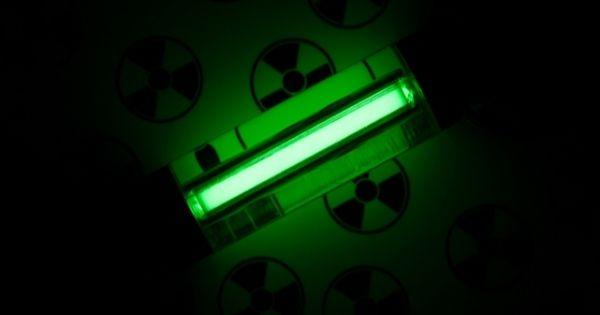
Of all the elements found within the universe, hydrogen is indisputably the most abundant. Making up three-quarters of all matter, this element is essential to the material world. As an element, hydrogen has three distinguishing isotopes: hydrogen itself, deuterium, and tritium.
In general terms, tritium is the radioactive form of hydrogen (3H). This rare radioactive substance is relatively safe for commercial, military, and scientific applications. Let’s examine closer tritium 3H: what it is and what it’s used for.
Tritium Properties: Radioactive Material
Curious about the unique properties of this highly radioactive substance? The radioisotope has two neutrons and a proton within its nucleus, making it three times heavier than an ordinary hydrogen atom. Due to its instability, tritium has a half-life of around 12.3 to 12.5 years.
Of the three core types of radiation in the universe—alpha, beta, and gamma—this radionuclide only emits beta radiation through electrons. Tritium decays to helium-3, a stable helium isotope, through low-energy emission. The radiation it emits cannot harm human skin.
Sources: How Tritium Enters the Environment
Now, what is tritium 3H, and what exactly is it used for? As a form of hydrogen, tritium is found naturally within the air, water, and the human body. This atom behaves similarly to other forms of hydrogen, effortlessly moving around within the environment. Within the human body, it behaves chemically the same as water.
Tritium is made in one of two ways: naturally or artificially. This radioisotope is fairly rare within its natural state. Cosmic radiation produces the substance in low concentrations within the upper atmosphere. Human-made nuclear reactors or particle accelerators can also produce tritium atoms for use in different fields.
Versatile Applications of Tritium
Tritium is excellent for use as nuclear fuel or as a research tool. Within clinical medicine, radioactivity proves extremely beneficial for scientists to analyze different chemical reactions. Researchers can replace stable hydrogen atoms with a tritium atom to track radiation. The action outlines the results of a specific reaction for diagnostic or pharmaceutical purposes. Tritium is a leading choice for a radioactive tracer due to its uniform distribution and quick dispersion within the body.
In need of radiolabeled compounds for a research project or clinical trial? Moravek supplies state-of-the-art radiolabeling services to meet your needs. We are known as a top choice for the custom synthesis of both carbon-14 and tritium radiolabeled compounds. Get in touch with a development coordinator to learn more about our methods, equipment, and facilities. Our experienced team is here to help.
